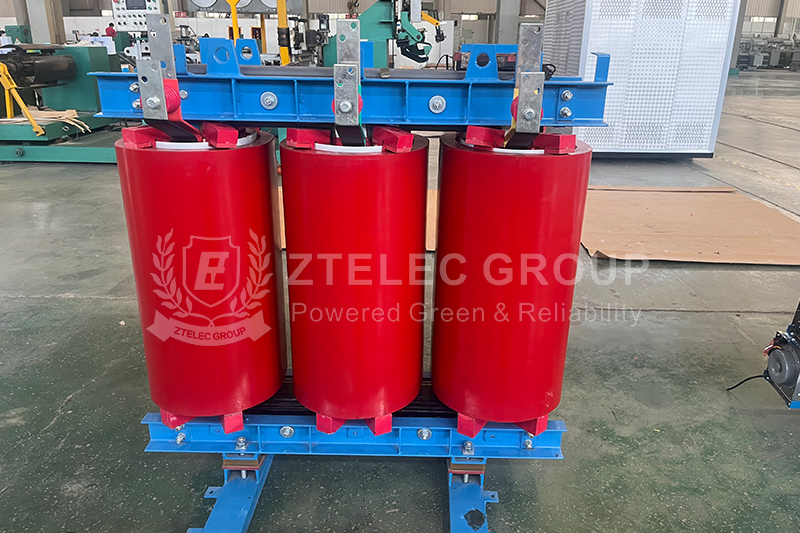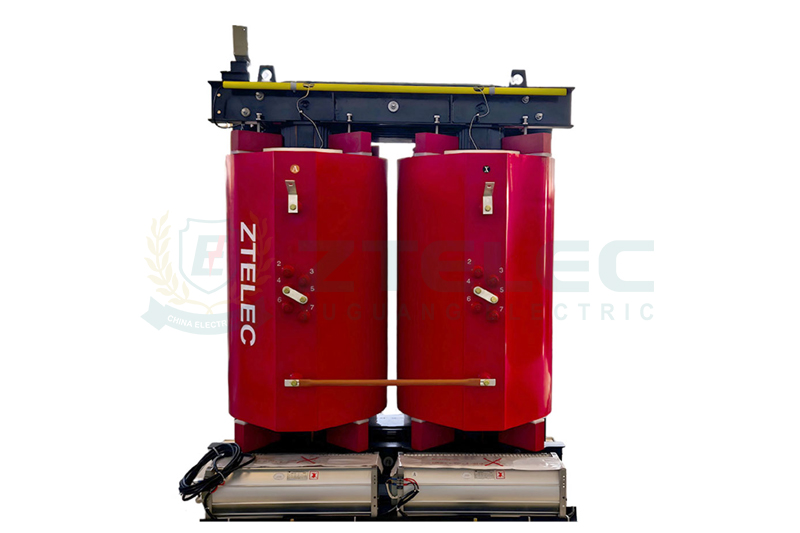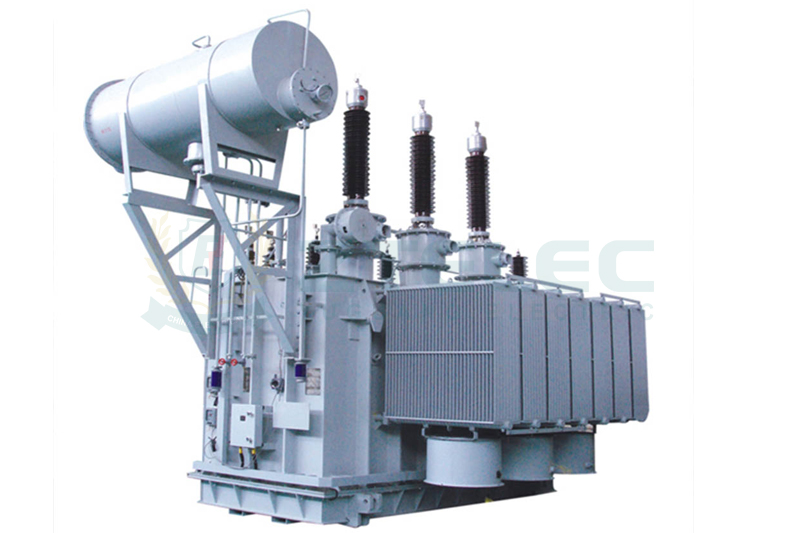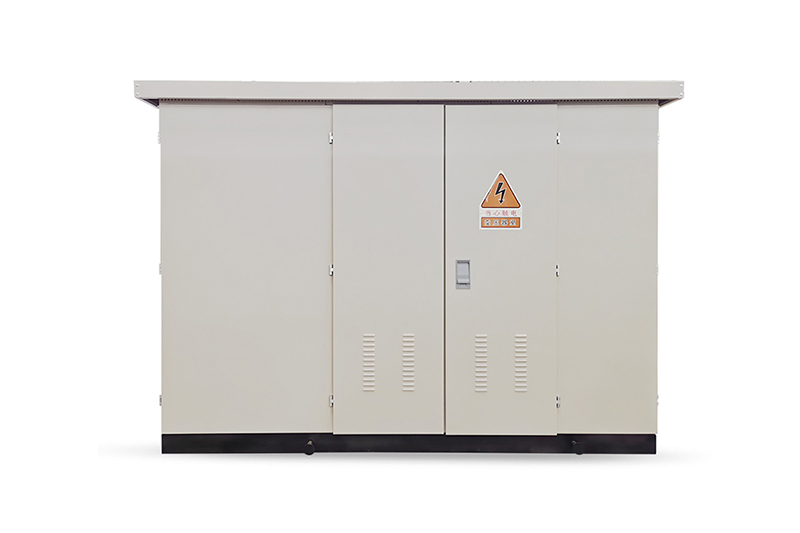How Dry-Type Rectifier Transformers Revolutionize Power Systems
Time:2025-04-24 Auther:ZTelec-www.ztelectransformer.com
Dry-type rectifier transformers are transforming modern power systems with their unique advantages and innovative features. They enhance efficiency, safety, environmental sustainability, and intelligent operation, driving the power industry towards a new development paradigm.
Technical Innovation
Innovative Insulation Structure
Dry-type rectifier transformers feature advanced insulation design. They use NOMEX paper-wrapped oxygen-free flat copper wire as the conductor and employ a continuous pancake structure winding process. The windings are dried and then cured through high-temperature baking via VPI vacuum pressure impregnation technology. This process significantly boosts the winding’s heat resistance, mechanical strength, moisture resistance, and electrical performance, ensuring the transformer’s efficient and stable operation.
Optimized Rectification Technology
These transformers integrate multi-pulse rectification technology, with 12-pulse, 18-pulse, and even 24-pulse rectifiers widely used. These advanced rectifiers effectively reduce grid-side harmonic distortion and improve power quality. Enhanced power quality is crucial for stable power system operation, reducing harmonic pollution, and providing a reliable power supply for various electrical devices.

Application Expansion
New Energy Power Generation
In new energy systems, dry-type rectifier transformers convert variable frequency, low-voltage AC power from generators into fixed frequency and voltage levels suitable for the grid. They also enable grid-friendly functions like low voltage ride-through, isolation, and filtering. This promotes smooth integration and efficient absorption of new energy, enhancing the power system’s flexibility and reliability in handling renewable energy fluctuations, and supporting a green energy transition.
Urban Rail Transit
As core components in urban rail transit systems like subways and light rails, these transformers provide stable DC power for train operations. Their high efficiency, safety, and environmental friendliness ensure the smooth functioning of urban transit systems. Compared to traditional equipment, they reduce urban environmental impact, noise pollution, and safety risks, supporting green urban transportation development.
Energy-Saving Industrial Applications
In high-energy-consuming industries such as steel, cement, and petrochemicals, dry-type rectifier transformers are integral to high-voltage inverters. They provide multi-phase rectifier power for efficient and energy-saving motor control. This not only improves industrial production efficiency and quality but also significantly reduces energy consumption and costs. For example, steel enterprises can cut motor energy consumption by 15%-20%, yielding substantial economic and environmental benefits.

Environmental Protection and Energy Efficiency
Oil-Free Design
Dry-type rectifier transformers adopt an oil-free design, eliminating the risk of oil leakage and fire hazards. This design also avoids environmental issues related to oil pollution and waste disposal, making it more eco-friendly and aligned with global environmental trends.
Low-Loss Design
Using advanced winding techniques and high-performance insulation materials, these transformers effectively reduce no-load and load losses. Over their lifecycle, they can cut energy loss by about 30% compared to traditional transformers, contributing to energy efficiency and reduced carbon emissions, and supporting carbon peak and neutrality goals.
Intelligent Management
Smart Temperature Control
Equipped with intelligent temperature control systems, these transformers monitor winding and core temperatures in real-time and adjust cooling fan speeds accordingly. This smart adjustment optimizes heat dissipation, reduces unnecessary fan operation, and extends the transformer’s lifespan.
Remote Monitoring and Diagnosis
Leveraging IoT and big data, dry-type rectifier transformers enable real-time remote monitoring and intelligent diagnosis. Maintenance personnel can access transformer data such as voltage, current, temperature, and load rate via mobile devices or computers. The system uses big data analytics to predict potential faults and provide accurate warnings and solutions, enhancing maintenance efficiency, reliability, and cost-effectiveness.




